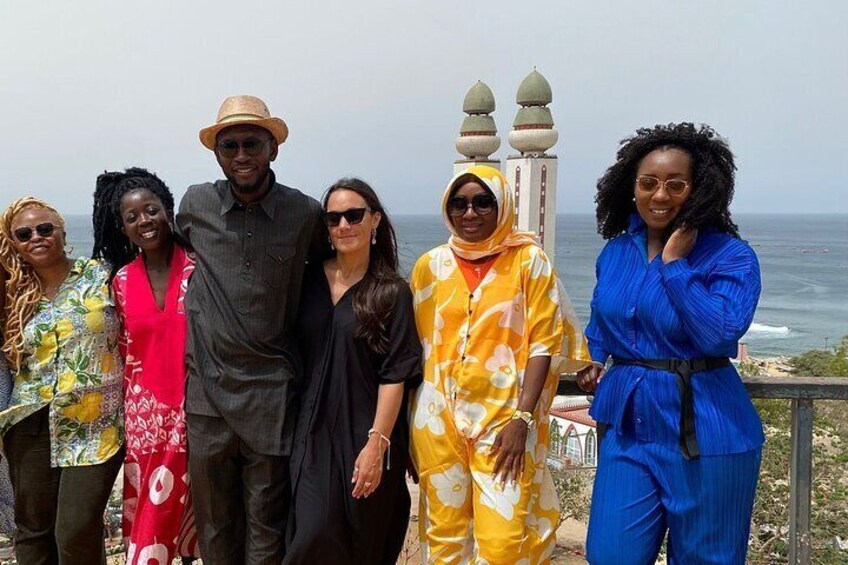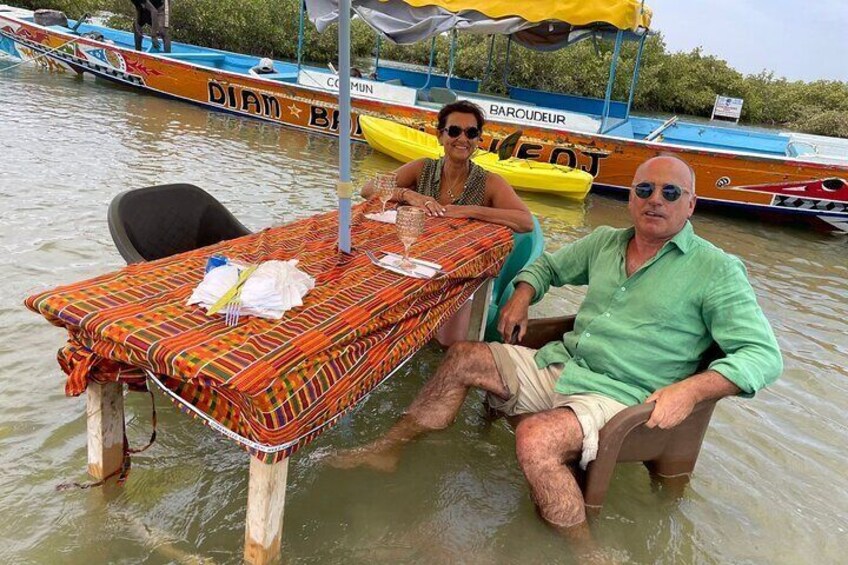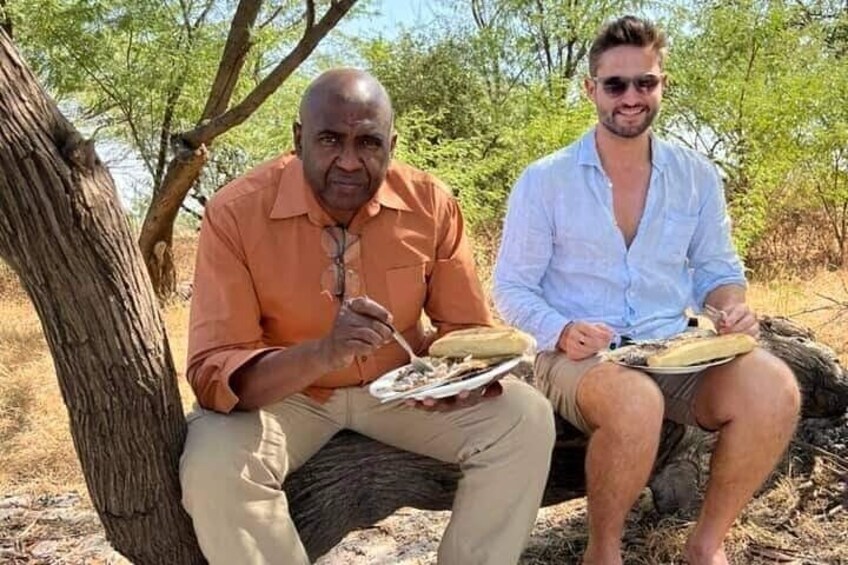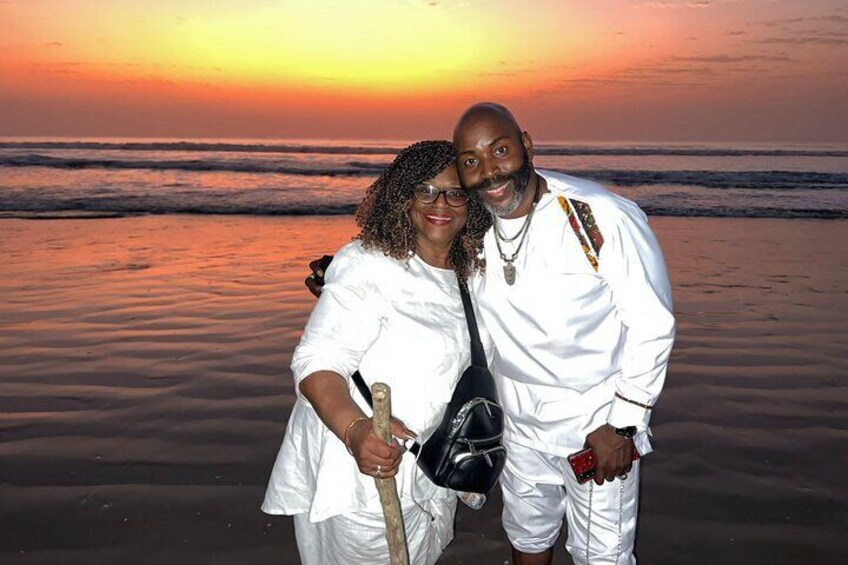Members save 10% or more on over 100,000 hotels worldwide when you’re signed in





12 days Private Tour Package in Senegal and the Gambia
Features
- Free cancellation available
- 12d
- Mobile voucher
- Instant confirmation
- Selective hotel pickup
- Multiple languages
Overview
Consider this dynamic 12 days trip plan if you're looking to hit Senegal and Gambia's highlights and enjoy unique experiences that will usher you into some of the most sublime natural expanses.In Dakar, you'll cover the highlights from the monument of african renaissance, museum of black civilisation, market “village des arts”,Goree island.we will explore the small coast including the twin village of Joal-Fadiouth,the Saloum Delta National Park.Head to the Gambia at the Stone Circles of Wassu and the Baboon Island the Kunta Kinteh Island,the Kachikally Crocodile Pool, Monkey Park.Head to Casamance a perfect area mix of culture and adventure we will visit the island of Eloubaline,take cooking class,and connect with farming people in Mlomp,visit the open-air Kadioute museum in Boucotte dedicated to the culture of the Diolas then we will return to Dakar by flight.The last day we will visit Bandia safari.The afternoon free to take advantage of the beach,pool or shopping.
Activity location
- Dakar Railway Station
- Dakar, Dakar Region, Senegal
Meeting/Redemption Point
- Radisson Hotel Dakar Diamniadio
- 10200, Diamniadio, Région de Dakar, Senegal
Check availability
12 days Private Tour Package in Senegal and the Gambia in Multilingual
- 12d
- Opening hours: Fri 0:00-23:30
- English
Pickup included
What's included, what's not
- Private transportation
- Beverage
Know before you book
- Wheelchair accessible
- Infants and small children can ride in a pram or stroller
- Service animals allowed
- Infants are required to sit on an adult’s lap
- All areas and surfaces are wheelchair accessible
- Suitable for all physical fitness levels
Activity itinerary
Day 1: Dakar city tour and Museum of black civilisation
- 6 stops
- Meals: breakfast, lunch
- Accommodation: Overnight at Ndiambour hotel 4 star or similar
Dakar Railway Station
- 15m
Marche Kermel
- 30m
Place de l'Independance
- 15m
Cathedrale du Souvenir Africain de Dakar
- 15m
Présidence du Sénégal
The Museum of Black Civilisations
- 3h
- Admission ticket included
Day 2: Monument of african renaissance and art complex
- 3 stops
- Meals: breakfast, lunch
- Accommodation: Overnight at Ndiambour hotel 3 star hotel or similar
Le Monument de la Renaissance Africaine
- 1h 15m
- Admission ticket included
Mosque of the Divinity
- 30m
Village des Arts
- 2h
Day 3: Visit Goree island and departure to Saly
- 1 stop
- Meals: breakfast, snacks
- Accommodation: Overnight at Royal Saly 3 star hotel or similar
Goree Island
- 3h
Day 4: Visit the twin village of Joal-Fadiouth
- 3 stops
- Meals: breakfast, snacks
- Accommodation: Overnight Hôtel le Pélican.Cordon bleu hotel or nouvelle vague camp beside the lake
Joal Fadiouth
- 2h
Rue du port de Joal
- 30m
Baobab Sacré
- 30m
Day 5: Exploring the Saloum Delta and villages
- 2 stops
- Meals: breakfast, lunch
- Accommodation: Overnight at hotel le relais de kaolack or keur Saloum hotel
Mar Lodj
- 2h
Parc National du Delta du Saloum
- 3h
- Admission ticket included
Day 6: Departure to the Gambia
- 2 stops
- Meals: breakfast, snacks
- Accommodation: Overnight at kairoh Garden kuntaur lodge
Stone Circles of Senegambia
- 1h
- Admission ticket included
Baboon Island
- 2h
Day 7: Departure to Albreda juffureh and Banjul
- 1 stop
- Meals: breakfast, lunch
- Accommodation: Overnight at sunset beach hotel,3 star hotel or similar
Kunta Kinteh Island
- 2h
- Admission ticket included
Day 8: Exploring Banjul highlight
- 3 stops
- Meals: breakfast, lunch
- Accommodation: Overnight sunset beach 3 star hotel
Bijilo Forest Park
- 1h 30m
- Admission ticket included
Kachikally Crocodile Pool
- 1h
- Admission ticket included
National Museum
- 1h 30m
- Admission ticket included
Day 9: Visit Eloubaline,Ediounguou in Casamance
- 2 stops
- Meals: breakfast, snacks
- Accommodation: Overnight at hotel Maya 3 star hotel
Les iles de la basse casamance
- 2h
Chemin des poteries d'Edioungou
- 1h
Day 10: Visit Oussouye,mlomp and la pointe St Georges
- 3 stops
- Meals: breakfast, snacks
- Accommodation: Overnight at hotel Maya 3 star hotel
Oussouye
- 2h
Mlomp - Musee De La Culture Traditionnelle Diola
- 1h
- Admission ticket included
Pointe-Saint-Georges
- 2h
Day 11: Visit museum Kadioute de boucotte
- 1 stop
- Meals: breakfast, snacks
- Accommodation: Overnight at Royal Saly 3 star hotel
Musée Kadioute
- 2h
- Admission ticket included
Day 12: Visit Bandia reserve
- 1 stop
- Meals: breakfast, lunch
- Accommodation: Not included
Reserve De Bandia
- 2h
- Admission ticket included
Location
Activity location
- Dakar Railway Station
- Dakar, Dakar Region, Senegal
Meeting/Redemption Point
- Radisson Hotel Dakar Diamniadio
- 10200, Diamniadio, Région de Dakar, Senegal